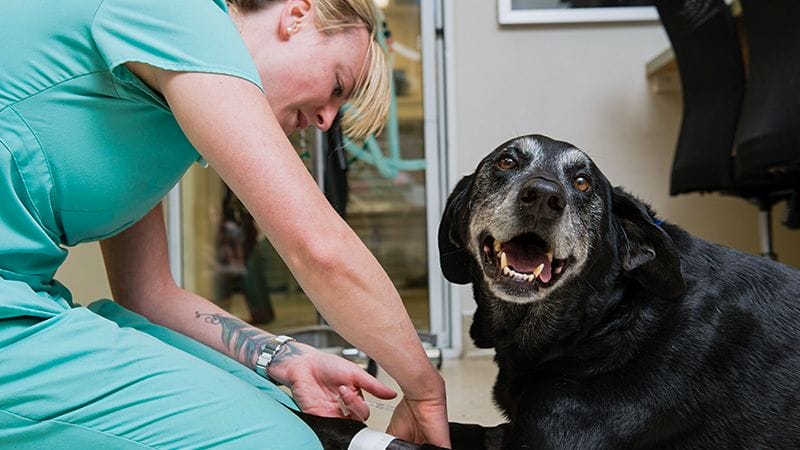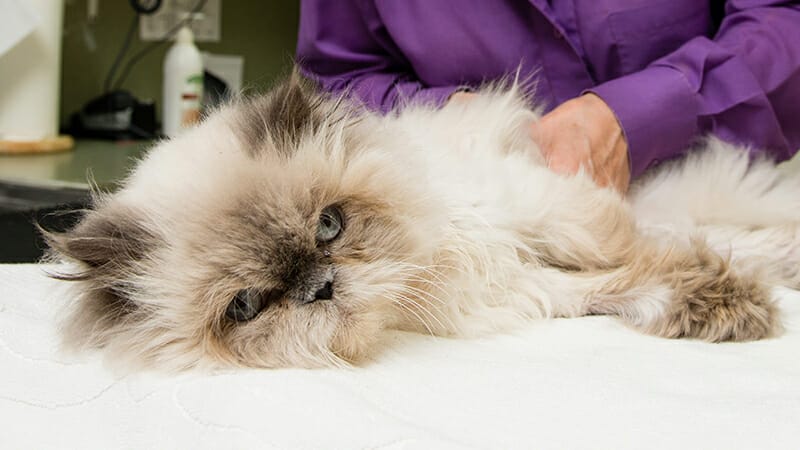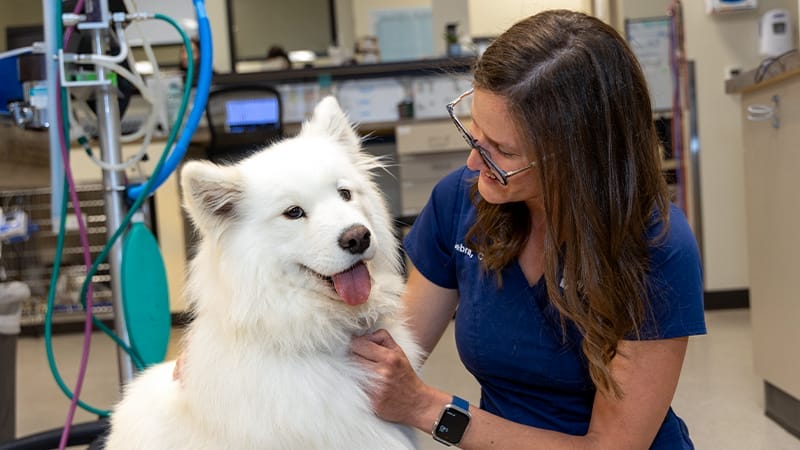Expert Emergency and Specialty Care for Pets in Connecticut and New York
Your pet is a part of your family, and we understand that facing an emergency or medical situation can be stressful. You can rely on our compassionate, expert emergency team and board-certified specialists to make the process as easy as possible, with updates at every step to put your mind at ease.
MedVet Norwalk serves as an extension of your family veterinarian, providing comprehensive emergency and specialty pet care to pets in Connecticut and the New York metropolitan area. Our team has the expertise and resources in our state-of-the-art facility to diagnose and treat your beloved pet, focusing on delivering the best outcome.
If your pet is facing an emergency, you can come directly to our hospital 24 hours a day, 365 days a year – no appointment is needed.





